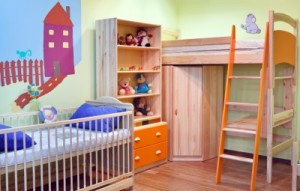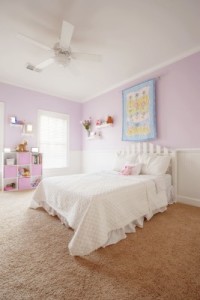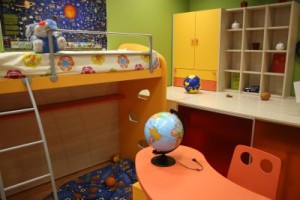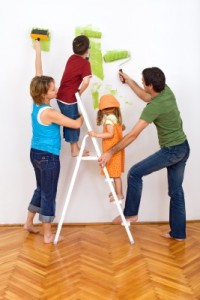 As you and your child plan and redecorate his or her room, it’s up to you as a parent to think about the future. Those dinosaurs or princesses that seem so appealing now will feel too juvenile in just a few years. Color favorites may also change or head to more subtle hues. Here are a few things to include in your plans to help the room redo hold up as your child gets older.
As you and your child plan and redecorate his or her room, it’s up to you as a parent to think about the future. Those dinosaurs or princesses that seem so appealing now will feel too juvenile in just a few years. Color favorites may also change or head to more subtle hues. Here are a few things to include in your plans to help the room redo hold up as your child gets older.
Paint is easy: Colors can be changed by simply repainting one or more walls. Try to keep the ceiling – which is harder to paint – a neutral tone. Look for temporary additions such as wall stickers or wallpaper borders rather than painted murals or wallpaper.
Linen options: Combine solid bed linens with a few theme items to make a room seem focused on the interests of your child without investing a great deal of money on a particular story or character. It’s easier to give away or recover a few throw pillows or shams than replace a full set of sheets and bedspread once your child has lost interest in the merchandise from a current children’s film or TV series.
Function: Your child may be too young for much or any homework at the moment, but it’s wise to plan for bookshelves and a desk or table in the future. Modular furniture makes it easier to transition over time.
Show and tell: Include a bulletin board, shelves or other space for your child to display items of current interest or any awards and recognition. It’s easy to change the contents of these items as your child matures.
Requirements: You may want to set up expectations when you initiate the redecorating process, such as keeping the room tidy. That way the redecorated room makes life easier for you as well as more fun for your child!





